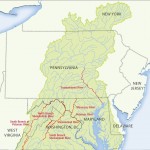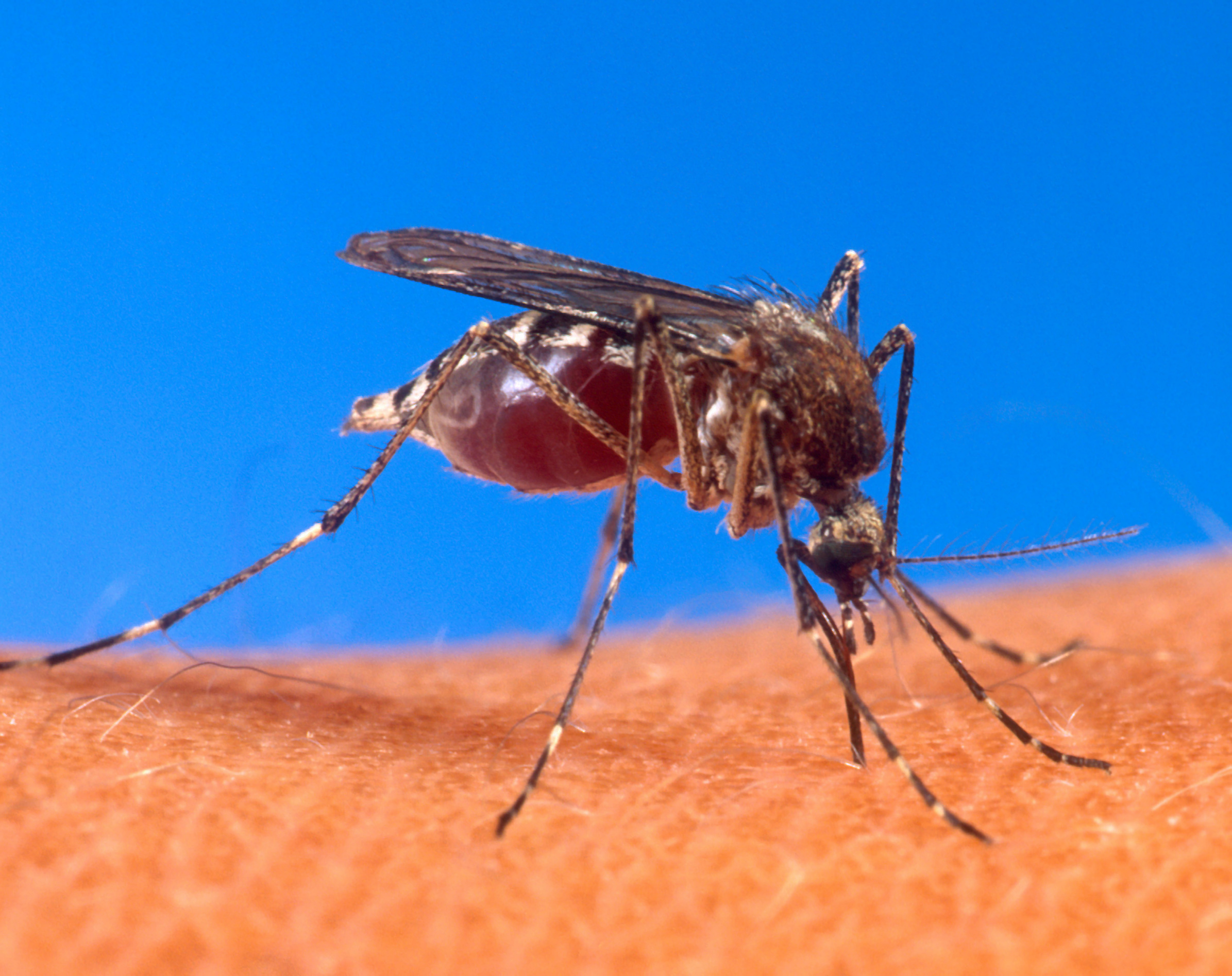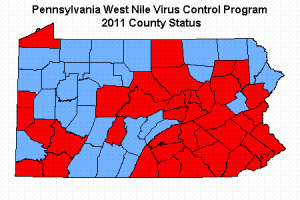“Orange” Alert!
State officials have issued the first “Orange Air Quality Action Day” of 2013. That issuance is tied to ground-level ozone, a by-product of heat and air contaminants that can cause breathing difficulties for certain segments of the population including the elderly, infants and those with breathing-related maladies such as asthma or bronchitis.
The PA Department of Environmental Protection and its regional air quality partnerships issued the alert for the Lehigh Valley, Liberty-Clairton, Pittsburgh, Philadelphia, and Susquehanna Valley areas.
The Lehigh Valley region is Berks, Lehigh and Northampton counties. The Susquehanna Valley region is Cumberland, Dauphin, Lancaster, Lebanon and York counties. The Philadelphia region is Bucks, Chester, Delaware, Montgomery and Philadelphia counties. The Pittsburgh region is Allegheny, Armstrong, Beaver, Butler, Fayette, Washington and Westmoreland counties. The Liberty-Clairton region is the municipalities of Clairton, Glassport, Liberty, Lincoln and Port Vue, all in southeastern Allegheny County.
Residents are encouraged to help prevent high levels of ozone by voluntarily limiting certain activities during the peak heat hours of the day. In addition, carpooling or utilizing mass transit can cut down on the type of pollution that can cause ground-level ozone.










